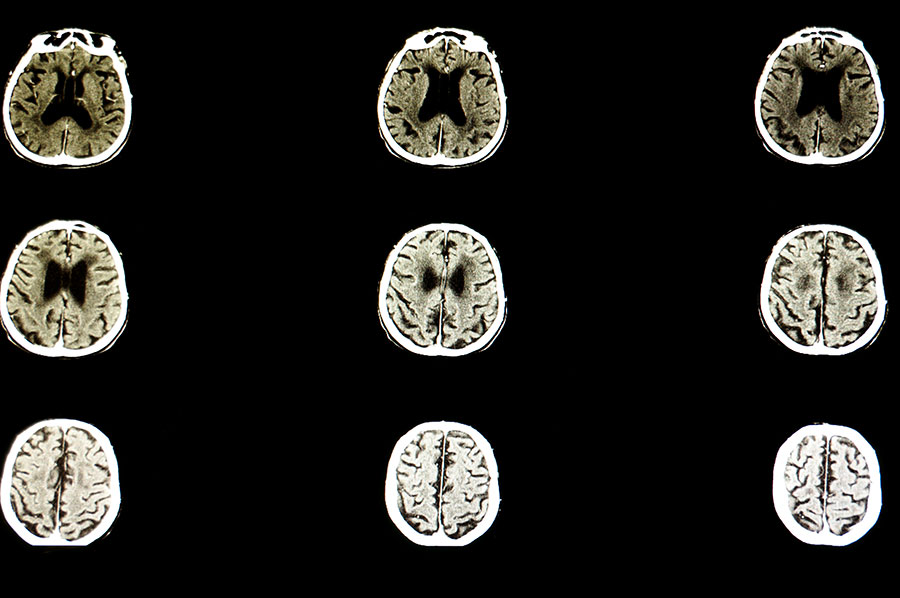By Shreeya Nanda, medwireNews Reporter
medwireNews: A dominantly inherited, intronic repeat expansion in the fibroblast growth factor 14 gene (FGF14) is associated with late-onset cerebellar ataxia (LOCA), shows research published in The New England Journal of Medicine.
“The FGF14 (GAA)≥250 expansion is pathogenic according to criteria of the American College of Medical Genetics and Genomics because it is significantly more prevalent among affected persons than among controls […], it has a damaging effect on the gene product, and it cosegregates with disease in multiple affected family members”, say Bernard Brais (McGill University, Montreal, Quebec, Canada) and colleagues.
Outlining the background to the study, the researchers explain that although the prevalence of LOCA is around one to three cases per 100,000 people, the condition has “largely resisted molecular diagnosis”, partly due to “the limitations of standard next-generation sequencing analysis for the identification of certain sequence variations, such as tandem repeat expansions.”
The team therefore applied the ExpansionHunter Denovo software to the genome sequencing data of six patients (two each from three French Canadian families) with autosomal dominant LOCA without a known genetic cause, and identified a GAA repeat expansion in the first intron of FGF14. The repeat expansion was detected in all six patients and 15 affected relatives; the smallest expansion was found to be 250 GAA repeats.
Brais and colleagues then screened participants from two independent case–control cohorts from Quebec and Germany. The (GAA)≥250 repeat expansion was present in 61% of the 66 French Canadian patients with LOCA versus 1% of the 209 controls without LOCA and in 18% of the 228 German patients versus 3% of 199 controls. The between-group difference was significant for each comparison and equated to a significant odds ratio of 105.60 and 8.76, respectively.
The repeat expansion was additionally detected in 15% of 20 Australian patients with LOCA and 10% of 31 Indian patients, giving a total of 128 patients with GAA-FGF14–related ataxia.
Detailed clinical data were available for 122 of these patients (51% men) and showed that the ataxia was episodic at onset in 46%, with episodic symptoms developing at an average age of 55 years and progressive ataxia at 59 years. Over half (58%) of the patients eventually needed a walking aid, with 13% using a wheelchair.
The most common symptom was gait ataxia, in 96% of patients, followed by appendicular ataxia and gaze-evoked horizontal nystagmus, in 80% and 55%, respectively. Downbeat nystagmus occurred in 42% of patients.
Of the 91 patients who underwent magnetic resonance imaging, 74% had “variable degrees of cerebellar atrophy”, report Brais and team.
Finally, the researchers assessed gene and protein expression in postmortem cerebellum specimens from two individuals found to harbour GAA repeat expansions and induced pluripotent stem cell lines derived from two patients with GAA repeat expansions and two controls.
They found that expression of the FGF14 RNA and protein was decreased in patients, suggesting that “the intronic GAA expansion leads to loss of function by interfering with FGF14 transcription.”
The authors add: “The possibility that additional mechanisms contribute to pathogenicity of the GAA repeat expansion will require further exploration.”
News stories are provided by medwireNews, which is an independent medical news service provided by Springer Healthcare Ltd. © 2022 Springer Healthcare Ltd, part of the Springer Nature Group
N Engl J Med 2023; 388: 128–141

